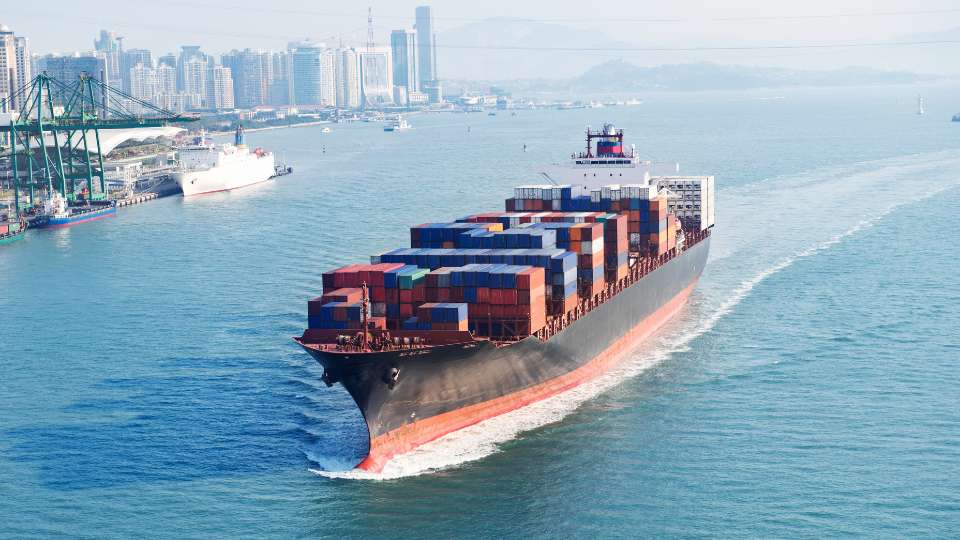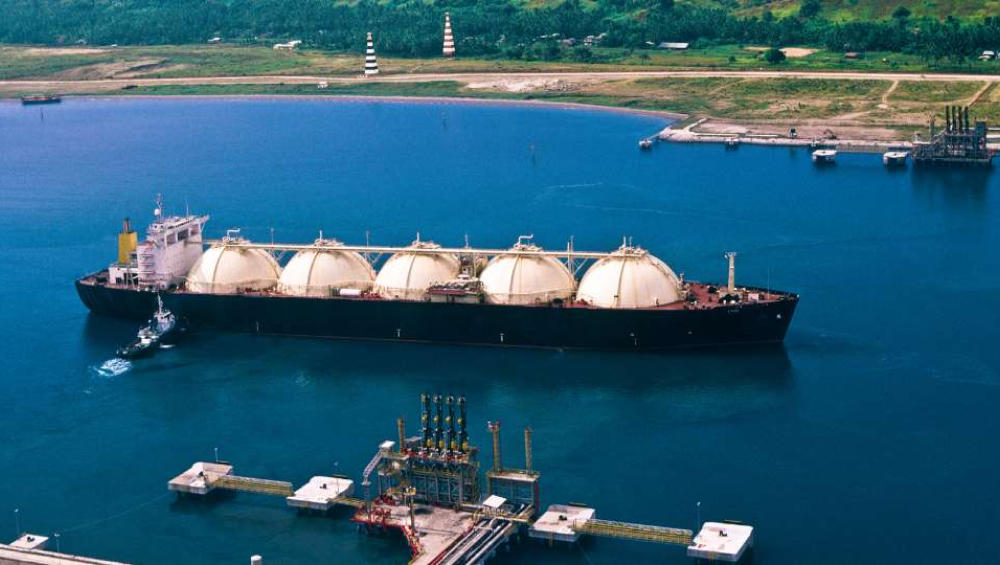Escalating attacks on commercial shipping in the Red Sea have heightened tension. The response from the Houthis and the potential involvement of other regional actors remains uncertain. This escalation increases the risk of disruptions to shipping routes, leading to potential rerouting around Southern Africa.
These tensions pose supply risks for commodity markets, particularly in energy markets. However, there hasn’t been a fundamental impact on Oil and Liquefied Natural Gas (LNG) supply yet. Refiners and consumers may experience some initial tightness as supply chains adapt to longer routes. With the uncertainty and the possibility of further escalation, we conduct an in-depth examination of market forecasts for the rest of the year.
Liquified Natural Gas Flow
The expansion of US LNG export capacity has resulted in more LNG shipments through the Red Sea, particularly towards Asia. This trend is accentuated by constraints on shipping through the Panama Canal due to dry weather conditions. Additionally, with the halt of Russian pipeline gas to Europe, the continent is increasingly reliant on LNG, rendering it more susceptible to developments in the LNG market.
In the Middle East, Qatar stands as the largest LNG supplier to Europe. In 2023, Qatar exported 2.4 billion cubic feet per day (2.4 bcfd) of LNG to Europe, constituting around 27% of total European LNG imports. Marginal volumes also come from Oman and the UAE, all of which transit through the Red Sea and Suez Canal.
While recent attacks have not targeted LNG carriers directly, an increasing number of carriers are avoiding the Red Sea. This avoidance is anticipated for US LNG shipments, and reports suggest Qatar is also considering bypassing the Red Sea for LNG transportation.
Should the situation deteriorate, short-term disruptions and longer shipping times may occur. However, where flexibility exists, trade flows are expected to adjust accordingly. This could entail rerouting US LNG destined for Asia to Europe, and Qatari LNG shifting from Europe to Asia, bypassing the Red Sea and avoiding the longer route around South Africa.
Increased Shipping Time and Cost for Metals
The ongoing conflict in the Red Sea presents an upside risk for metals transported in containers, particularly impacting container freight. Container shipping is significantly affected by rerouting, resulting in longer shipping times, delayed shipments, and increased freight costs.
Approximately half of the tonnage transported via the canal consists of containerized goods, making it a crucial artery for container trade. In the weeks following mid-December 2023, around 80% of container vessels on the Suez route were compelled to change course, reaching 90% in the first week of January 2024. Leading market players such as MSC and Maersk redirected over 60 container vessels around the Cape in just three weeks, with other major container liners like Hapag Lloyd, Cosco, ONE, Evergreen, HMM, and ZIM following suit.

These disruptions are driving up freight rates, with container rates already more than tripling and extending delivery times by weeks. Eventually, the higher shipping costs will likely be passed on to end-consumers for metals.
Europe heavily relies on aluminium imports, especially with nearby supply constrained. The shipping disruptions coincide with Western European aluminium production being at its lowest this century. Rising energy costs following Russia’s invasion of Ukraine have further squeezed producers’ margins, particularly affecting energy-intensive metals like aluminium.
Moreover, low premiums in recent months have weakened incentives to ship material to Europe, leaving many in the aluminium market without buffer stocks should demand unexpectedly surge in the coming months.
Furthermore, LME forward spreads remain in a wide contango, providing additional support to premiums. The aluminium cash/three-month spread currently stands at $48.50 per metric ton contango. The Middle East serves as a key market for Europe’s aluminium sourcing, and any disruptions there are expected to bolster premiums.

Global Oil Flow
Global oil transportation via the Red Sea is significant, given the region’s substantial oil production. Approximately 12% of the world’s seaborne oil trade passes through the Red Sea, including substantial flows of both crude oil and refined products. These flows encompass northbound shipments towards the Mediterranean and Europe, as well as southbound shipments destined for Asia.
According to the EIA, during the first half of 2023, 9 million barrels per day (b/d) of oil, including both crude and refined products, traversed the Suez Canal and the SUMED pipeline. Additionally, 8.8 million b/d passed through the Bab el-Mandeb Strait, a vital chokepoint between Yemen and Djibouti. The volume of oil transported through the Suez Canal and SUMED is higher due to some Saudi exports via the Red Sea to Europe, facilitated by the East-West crude oil pipeline.
Since the onset of the conflict between Russia and Ukraine, there has been a surge in southbound oil flows towards Asia. This trend is a consequence of the European Union’s prohibition on Russian oil imports, resulting in increased Russian shipments to alternative destinations, notably India and China. Furthermore, several Middle Eastern nations have augmented their imports of Russian refined products, particularly Saudi Arabia.
A growing number of shipping companies have announced their intentions to circumvent the Red Sea route and opt for the longer voyage around the Cape of Good Hope. Although tanker traffic through the Red Sea remained robust in December 2023, it faced mounting pressure in January, particularly following the US and UK airstrikes in Yemen. This diversion entails longer transit times, potentially leading to supply tightness in oil and products as the market adapts. Additionally, it could reduce tanker availability and drive up rates.
What are the Implications of these Developments?
In summary, the Red Sea situation continues to be unstable and uncertain, with ongoing attacks by the Houthi rebels showing no signs of abating. The U.S.-led coalition backing the Yemeni government has also heightened its military activities in the region, increasing the potential for further escalation and conflict. This conflict in the Red Sea presents significant challenges and risks to the security and stability of global shipping and oil sectors, as well as regional and international peace and stability.
Start Trading with Orient Futures Singapore
Being an Overseas Intermediary of Shanghai International Energy Exchange (INE), Dalian Commodity Exchange (DCE), and Zhengzhou Commodity Exchange (ZCE), when foreign clients participate in internationalised futures contracts in these Chinese markets with us, they have direct access to trading, clearing, and settlement. Our parent company, Shanghai Orient Futures, is the largest broker in terms of aggregated volume across the five regulated exchanges in China.
Orient Futures Singapore also currently holds memberships at the Singapore Exchange (SGX), Asia Pacific Exchange (APEX), and ICE Futures Singapore (ICE SG). Starting August 2023, corporate clients can also gain access to the B3 Exchange through us, opening additional trading avenues.
Expect streamlined processes and an easy-to-use interface designed for minimal latency, accompanied by our team’s round-the-clock availability on trading days to provide assistance for all your trading needs.




